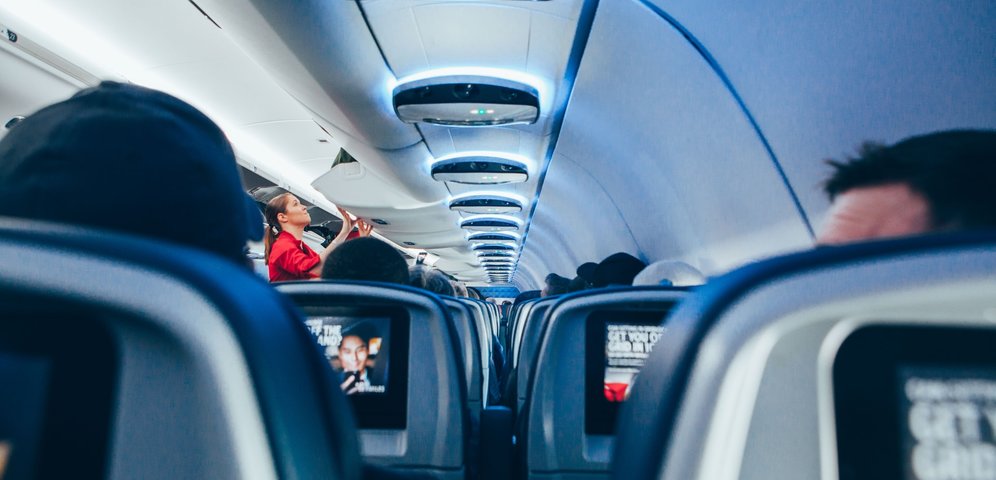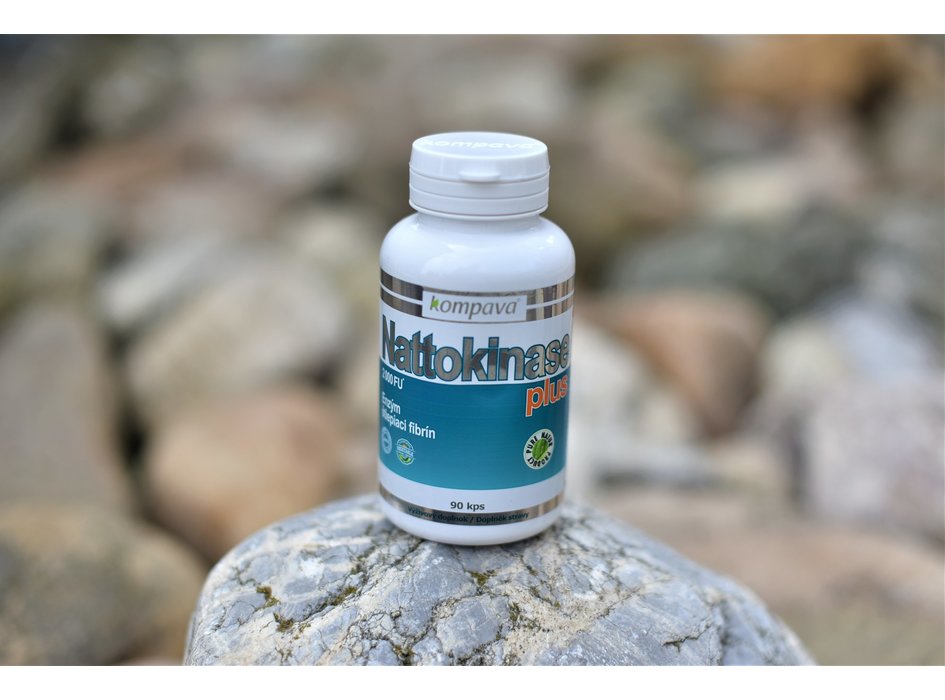Obsah
Venous thrombosis - what is it?
When talking about the risk of blood clots during travel, it is usually a specific form, namely deep vein thrombosis (DVT). It is a potentially life-threatening condition in which a blood clot forms mostly in one of the deep veins in the lower limb. These clots are especially dangerous because they can break away and reach the lungs, what is known as pulmonary embolism.
Deep vein thrombosis can be asymptomatic, but is often accompanied by:
- Swelling of the foot, ankle or whole leg, usually of only one
- Cramping pain in the calf
- Severe foot or ankle pain that is difficult to describe
- A stain on the skin that is warmer to the touch than the rest of the skin

Symptoms of deep vein thrombosis or pulmonary embolism may not appear until several weeks after flight. We talked about the symptoms of DVT, let's look at the most common symptoms of pulmonary embolism:
- Dizziness
- Sweating
- Chest pain, which is even stronger when coughing
- Shortness of breath
- Coughing blood
- Fast heartbeat
How does blood clotting relate to long term flights?
Sitting in the small seats for a long time can slow down blood circulation, which increases the risk of deep vein thrombosis. Prolonged inactivity or immobility as well as dry air in the aircraft also contribute to the risk of formation.
However, the risk of a blood clot varies greatly between passengers. The length of the flight also affects this. It is true that the longer the flight, the greater the risk of thrombus. If you plan to fly for 8 hours or more and you belong to a risk group, you should take precautionary measures.
Who belongs to the risk group?
Preventive measures should not be neglected by people over 50, as well as overweight people and smokers. Risk factors also include varicose veins in the legs, genetic disorders of blood clotting, the use of birth control pills and pregnancy.

Can I fly when I already had a blood clot?
If you have overtaken DVT in the past or occurred in your family, this does not mean that you can never get on a plane again. It is good that you know that you belong to a risk group.
General recommendations include:
- Get a seat in the place near the escape exit. These seats offer more space
- Wearing compression stockings
- Blood thinners (consultation with a doctor)
- A nutritional supplement that cleanses your blood of excessive amounts of fibrin
- Practice foot and leg exercises during the flight
- Stand up several times during the flight and walk
If you belong to the risk group of patients, pay attention to what you are wearing during the flight. Avoid tight pants, loose air pants or sweatpants are best. Also sit so that your legs do not cross each other. And don't forget to stay hydrated and avoid alcohol before and during the flight.

Exercises to your flight like prevention
These exercises could be practiced by every single passenger, not just those who belong to the group of at-risk.
- You can try a very simple exercise - stretch your legs and bend your ankles, repeat it 10 times in a row.
- Take off your shoes and tighten your toes thoroughly, then squeeze and spread them.
- If you do not have enought place to stretch your legs in front of you, try to place your whole feet on the ground, then push your feet firmly into the floor, bend your toes and lift your heels with your toes bent. Repeat the exercise 10 times.
Natural substances as a strong protection
In search of natural remedies to help with deep vein thrombosis, scientists have defined two effective ingredients. They are the bark of Pinus Primaster, a natural extract rich in polyphenol and nattokinase, an enzyme from soybeans fermented by Bacillus natto.
Nattokinase is very important for the proper functioning of the heart, brain and blood vessels. The role of nattocinase in the body is to maintain fibrin production at normal values. Dissolves blood clots in blood vessels (thrombi) which reduces the risk of stroke. It increases blood flow in the heart vessels, thus preventing infarction. It is the most effective natural product with fibrinolytic effects (dissolution of blood clots).
Prevention is the most important
A healthy lifestyle, exercise, hydration and a balanced diet are a guaranteed path to a healthy vascular system for most people. Of course, some family diagnoses cannot be affected by any of us. In this case, however, it is important to know your health and do everything possible to ensure that we do no further damage.
As a prevention against the formation of blood clots not only during air travel, we recommend the enzyme Nattokinase, which is suitable for:
- For all people who want to have clean blood circulation without excessive amounts of fibrin
- At the so-called economy class syndrome (swelling of the legs due to long and frequent flights)
- For older people (As people get older, they feel less thirsty and their blood is denser.
- For faster regeneration after sports injuries and operations.


